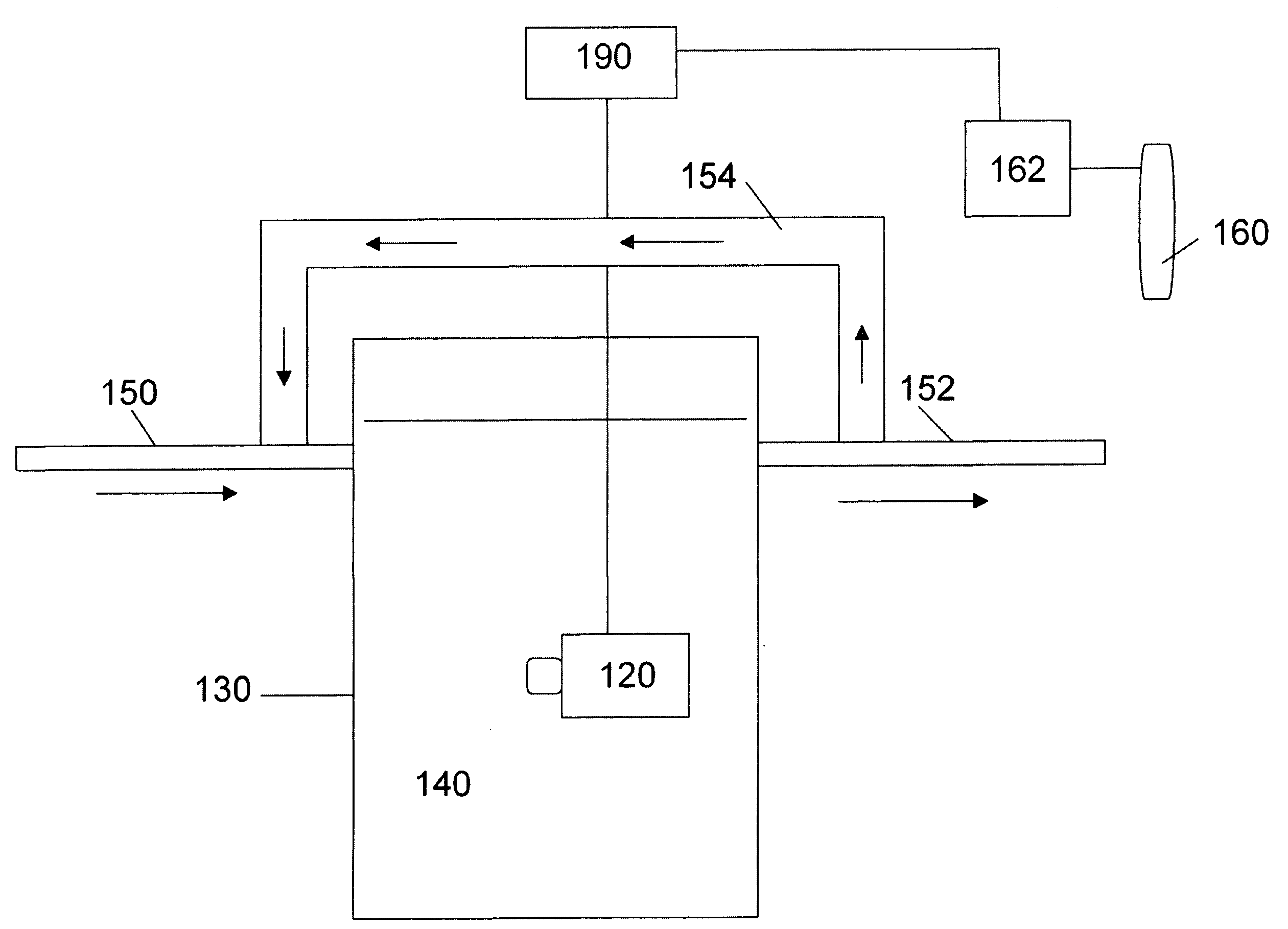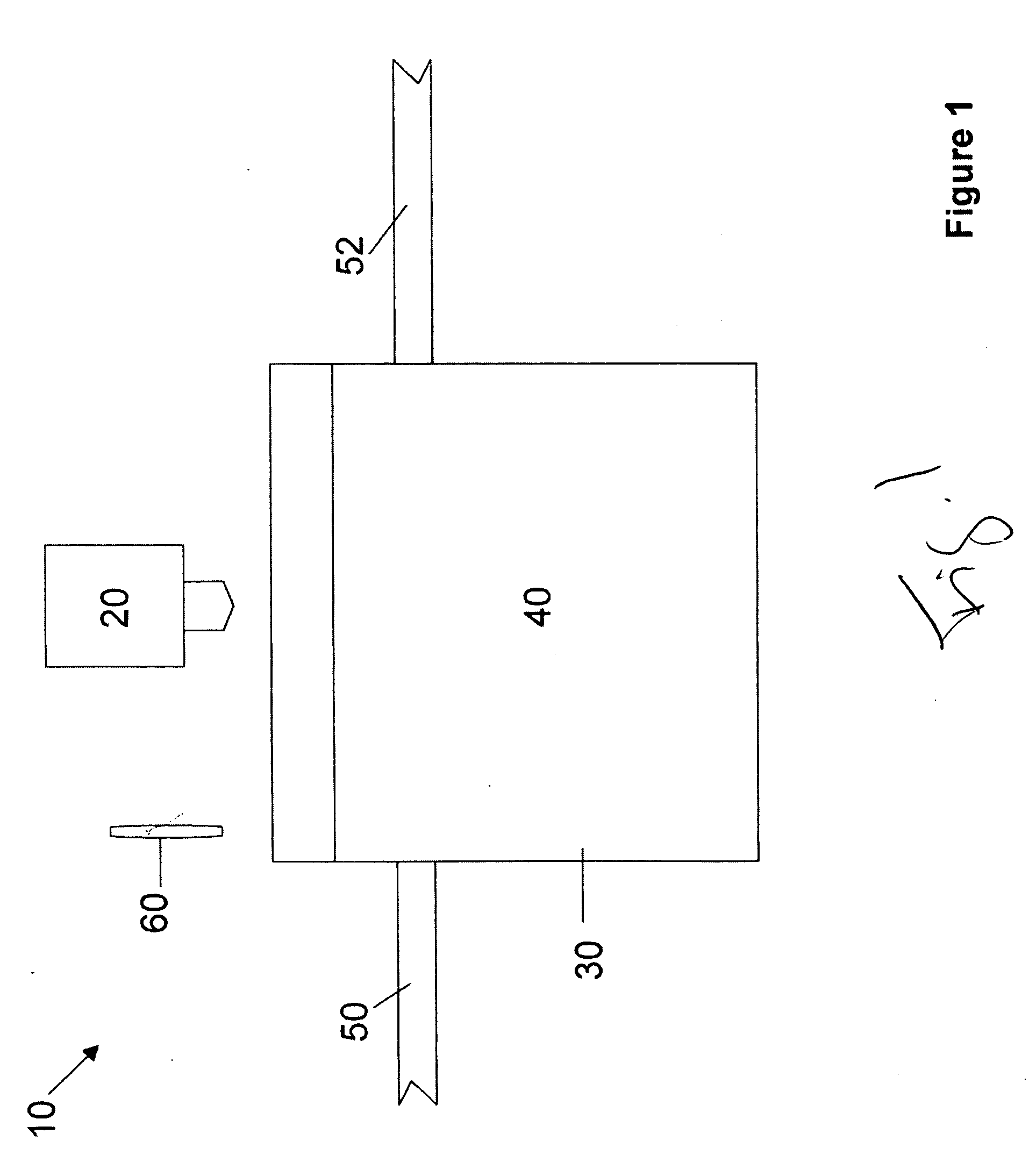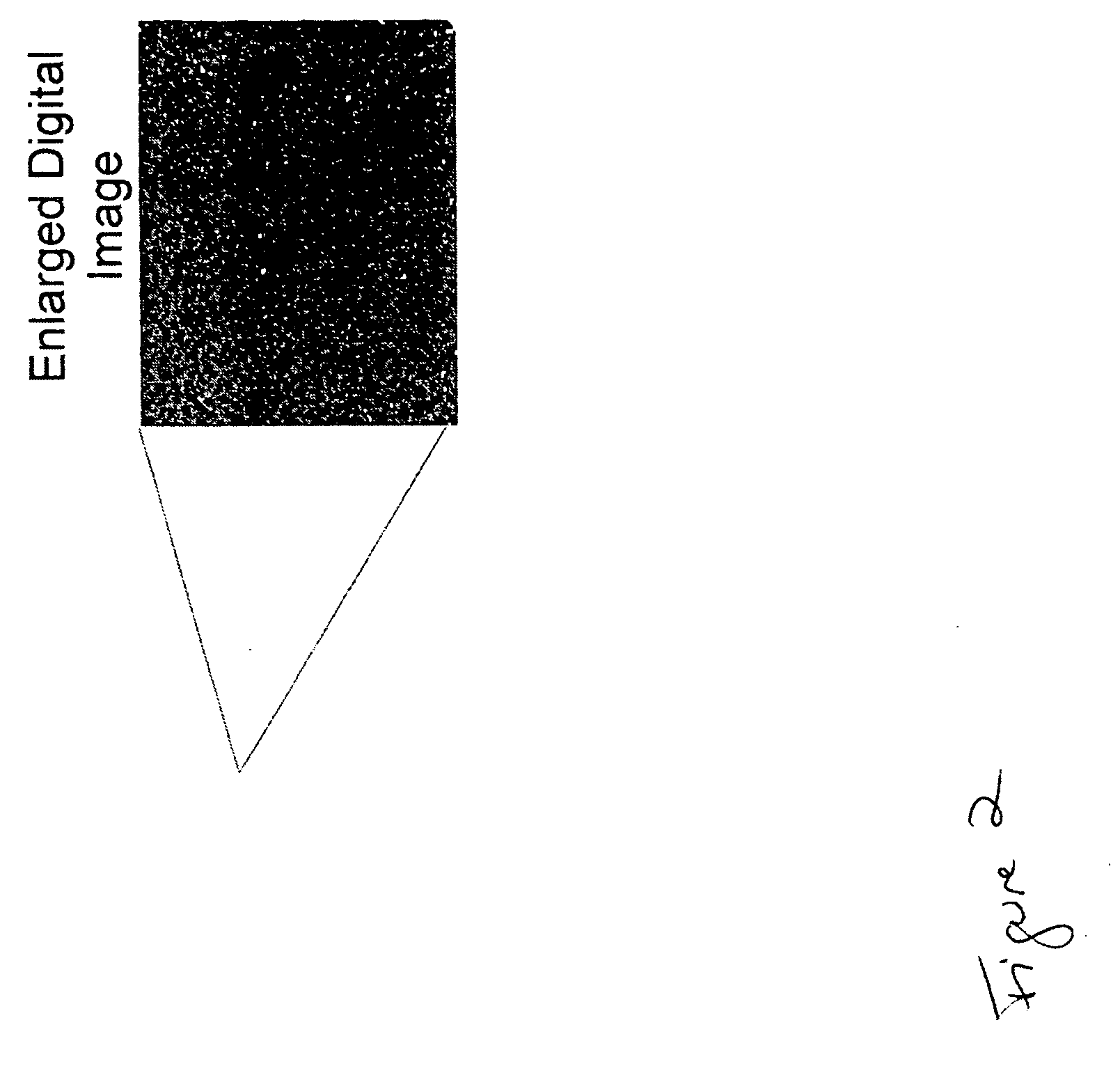System for continuous optimization of wastewater treatment
a wastewater treatment and optimization technology, applied in television systems, other chemical processes, separation processes, etc., can solve the problems of difficult real-time monitoring of heavy metal concentration levels, special attention required for removal, and inability to accurately monitor the concentration of heavy metals, etc., to reduce the time needed for plant operators, reduce the effect of treatment chemical consumption and reducing the amount of treatment chemical
- Summary
- Abstract
- Description
- Claims
- Application Information
AI Technical Summary
Benefits of technology
Problems solved by technology
Method used
Image
Examples
Embodiment Construction
[0047]In conjunction with the following description of exemplary embodiments of this invention, it is to be understood that features and aspects of this invention may be variously practiced in combination with a variety of wastewater treatment systems, not all of which are necessarily shown nor explicitly mentioned hereinafter. However, specific exemplary embodiments are presented herewith and discussed in detail below to provide those of ordinary skill in the art with an adequate disclosure of this invention for practicing same, either as shown and discussed herein or as adapted by such persons from time to time for conformance with their particular requirements.
[0048]Thus, FIG. 1 schematically illustrates the system 10 of the present invention in which high resolution digital camera 20 is positioned above holding tank 30 containing wastewater 40. Pipe 50 flows into the holding tank and pipe 52 carries the wastewater stream from the holding tank. It should be noted that the term “h...
PUM
| Property | Measurement | Unit |
|---|---|---|
| size | aaaaa | aaaaa |
| particle sizes | aaaaa | aaaaa |
| concentrations | aaaaa | aaaaa |
Abstract
Description
Claims
Application Information
 Login to View More
Login to View More - R&D
- Intellectual Property
- Life Sciences
- Materials
- Tech Scout
- Unparalleled Data Quality
- Higher Quality Content
- 60% Fewer Hallucinations
Browse by: Latest US Patents, China's latest patents, Technical Efficacy Thesaurus, Application Domain, Technology Topic, Popular Technical Reports.
© 2025 PatSnap. All rights reserved.Legal|Privacy policy|Modern Slavery Act Transparency Statement|Sitemap|About US| Contact US: help@patsnap.com



